Long-eared Owl (Asio otus)
Long-eared Owl (Asio otus)
The Long-eared Owl is a secretive, medium-sized owl known for its long, erect ear tufts and bright orange eyes. It is widespread across the Northern Hemisphere and is often heard more than seen due to its nocturnal and elusive nature. Despite its secretive habits, in winter it sometimes forms conspicuous communal roosts, where many individuals gather in dense conifer trees.
🦉 Identification
- Length: 31–40 cm
- Wingspan: 86–100 cm
- Weight: 200–400 g
Appearance:
- Plumage: Mottled brown, buff, and grey, providing excellent camouflage against tree bark
- Facial disc: Pale buff or grey with bold black borders
- Eyes: Large, bright orange or deep amber
- Ear tufts: Long, narrow, and held upright when alert (not ears, but feathers used for communication and camouflage)
- Underparts: Light with heavy brown streaking
Males and females look similar; females are usually slightly larger.
🌿 Habitat
- Preferred habitats:
- Mixed and coniferous forests
- Woodlands with open hunting areas (meadows, farmland)
- Shelterbelts
- Parks
- Shrublands
- Needs dense trees or shrubs for roosting and nesting, and open areas for hunting
Found across Europe, Asia, North Africa, and North America.
🍽️ Diet
Carnivorous:
- Primarily feeds on:
- Small mammals (voles, mice, shrews)
- Occasionally small birds, bats, and insects
- Hunts mostly at night by flying low and silently over open ground
- Excellent hearing allows it to locate prey even under snow or vegetation
🔁 Behavior & Life Cycle
Breeding:
- Breeding season: March to July
- Nests usually taken over from:
- Crows
- Magpies
- Squirrels
- Occasionally uses natural tree cavities or artificial nest boxes
- Clutch size: 3–8 eggs
- Incubation: ~25–30 days
- Chicks fledge after ~3 weeks but depend on parents for several more weeks
Social behavior:
- Solitary during breeding
- In winter, may form communal roosts with dozens of individuals
Vocalizations:
- Males: Deep, soft “hoo” calls repeated at intervals during breeding season
- Females and chicks: High-pitched begging calls
- Sometimes gives harsh alarm calls if disturbed
🌍 Distribution
- Widespread across:
- Europe
- Asia
- North Africa
- North America
In colder regions, some populations are migratory, moving south in winter.
🧬 Interesting Facts
- Despite its name, its actual ears are on the sides of its head, hidden under feathers; the “ear tufts” are purely visual.
- Its cryptic plumage makes it incredibly hard to spot when roosting.
- Communal winter roosts can sometimes be observed in city parks or cemeteries with dense evergreens.
- Long-eared Owls are silent fliers due to specialized feather structure that reduces flight noise.
🛡️ Conservation Status
- IUCN Red List: Least Concern
- Stable populations in many areas, but threats include:
- Habitat loss
- Reduction of prey populations
- Collisions with vehicles
- Disturbance of roosts
Conservation measures include protecting nesting habitats and maintaining healthy rodent populations.
The Long-eared Owl (Asio otus) is a master of camouflage and stealth, rarely seen but often heard in the quiet of the night. Its haunting calls and secretive nature have made it a symbol of mystery and fascination throughout its wide range.

Here’s a breakdown of the Long‑eared Owl (Asio otus), drawing from the Wildpix post and broader sources:
🦉 Overview from Wildpix
- The Wildpix article highlights the owl’s distinctive ear tufts, cryptic plumage, and its stealthy, nocturnal prowling. The close-up photos by Erik Karits beautifully showcase the owl’s camouflage and posture (karits.eu).
- Measurements given align with known dimensions: length ~33–40 cm, wingspan ~96–110 cm, weight ~200–400 g (karits.eu).
- Descriptions note the mottled brown/white plumage, facial disks, ear‑tufts, and “silent flight.”
✔️ Key Traits and Behavior
- Camouflage & Roosting Style
- The mottled pattern blends in seamlessly on tree bark, making the owl especially adept at “freezing” during daytime roosting in dense foliage (karits.eu, sdakotabirds.com).
- Ear Tuffs
- These tufts aren’t ears but prominent feather extensions thought to aid in communication or camouflage (karits.eu).
- Hunting & Diet
- Specializes in hunting small rodents—mainly voles—using silent flight over open areas (en.wikipedia.org).
- In some regions (e.g. deserts, urban areas), it may include more birds and insects in its diet .
- Habitat Preferences
- Prefers the edges of woodlands or mixed habitats with dense roosting cover and adjacent open foraging grounds (en.wikipedia.org).
- Often roosts communally in dense conifers during winter (en.wikipedia.org).
- Social & Migratory Behavior
- Partially migratory with range-wide winter dispersal. Northern birds often move southward in cold months (wildpix.karits.eu).
- Unlike many owls, they sometimes form communal roosts of dozens during non-breeding season (en.wikipedia.org).
- Reproduction & Nesting
- Generally monogamous, uses abandoned crow or hawk nests often in pines or dense woodland .
- Breeding success is closely tied to prey abundance; in some locales, nests fledge ~3‑4 young, though success rates vary (en.wikipedia.org).
🧐 Additional Insights from Research
- Long-term study in Germany (1984‑2007) recorded high breeding densities (~72.7 pairs/100 km²), ~36% success rate per attempt, average ~1.6 fledglings per attempt—and showed increased productivity after habitat-focused farming practices (bioone.org).
- Winter roost study in New Jersey: owls preferred groups of dense conifers near open feeding areas; they frequently reused the same trees and roosted communally in safer locations (digitalcommons.usf.edu).
- Nestling diet analysis across 19 territories revealed variable contributions from rodents and birds depending on site conditions (sciencedirect.com).
🔍 Visual & Photographic Notes
- Wildpix’s close-up midfield shots emphasize the owl’s stiff posture and cryptic coloring—hallmarks of its survival strategy (wildpix.karits.eu).
- The photos successfully illustrate ear-tufts, facial disks, plumage texture, and effective background blending.
✅ In summary
The Long‑eared Owl is a medium‑sized, stealthy nocturnal predator with excellent camouflage, specializing in vole hunting but adaptable in diet. It thrives in edge habitats, uses communal winter roosts, and its breeding success is heavily prey‑density-dependent. The Wildpix entry captures both its elegance and ecological adaptations vividly, supported by broader ecological and behavioral research.
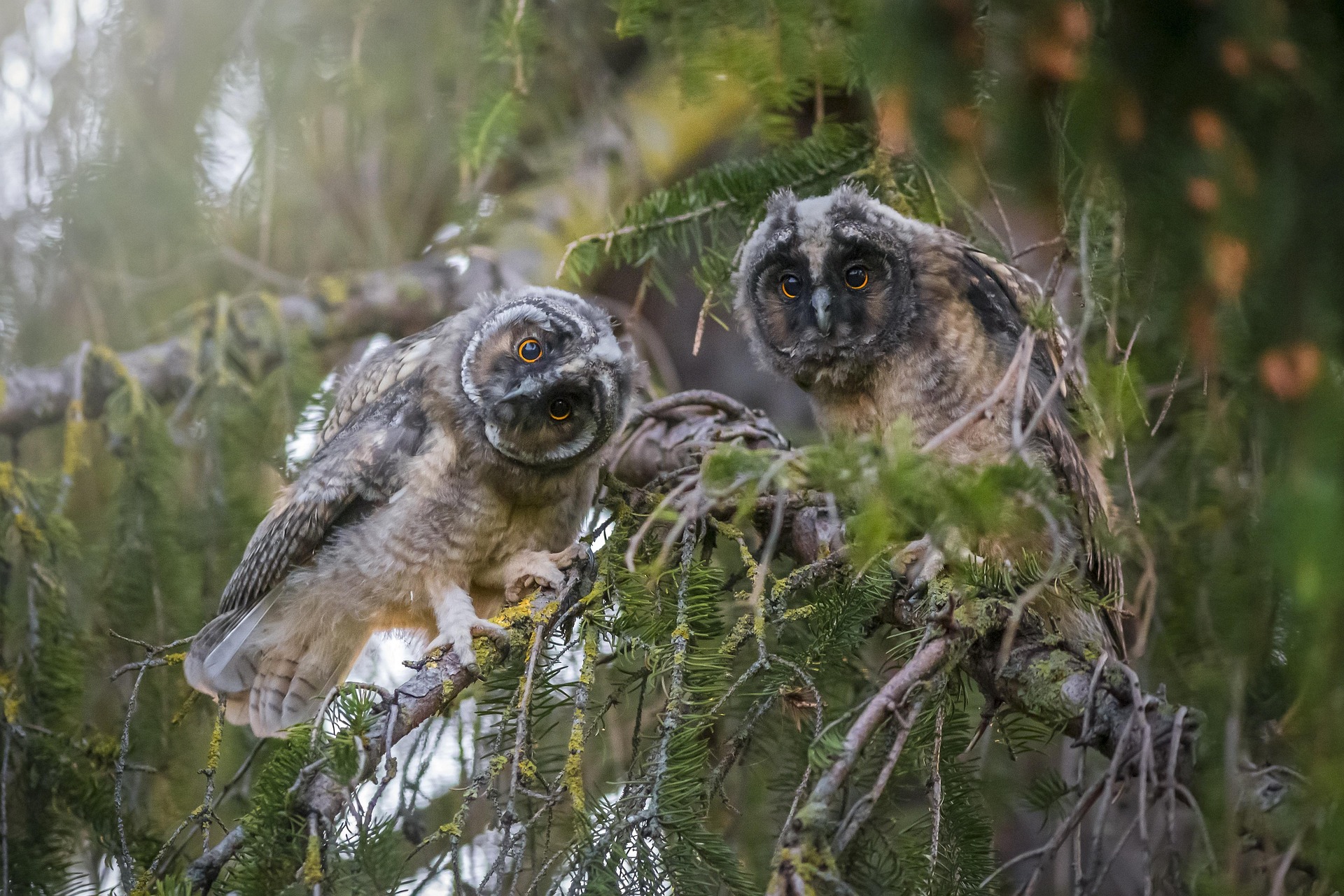
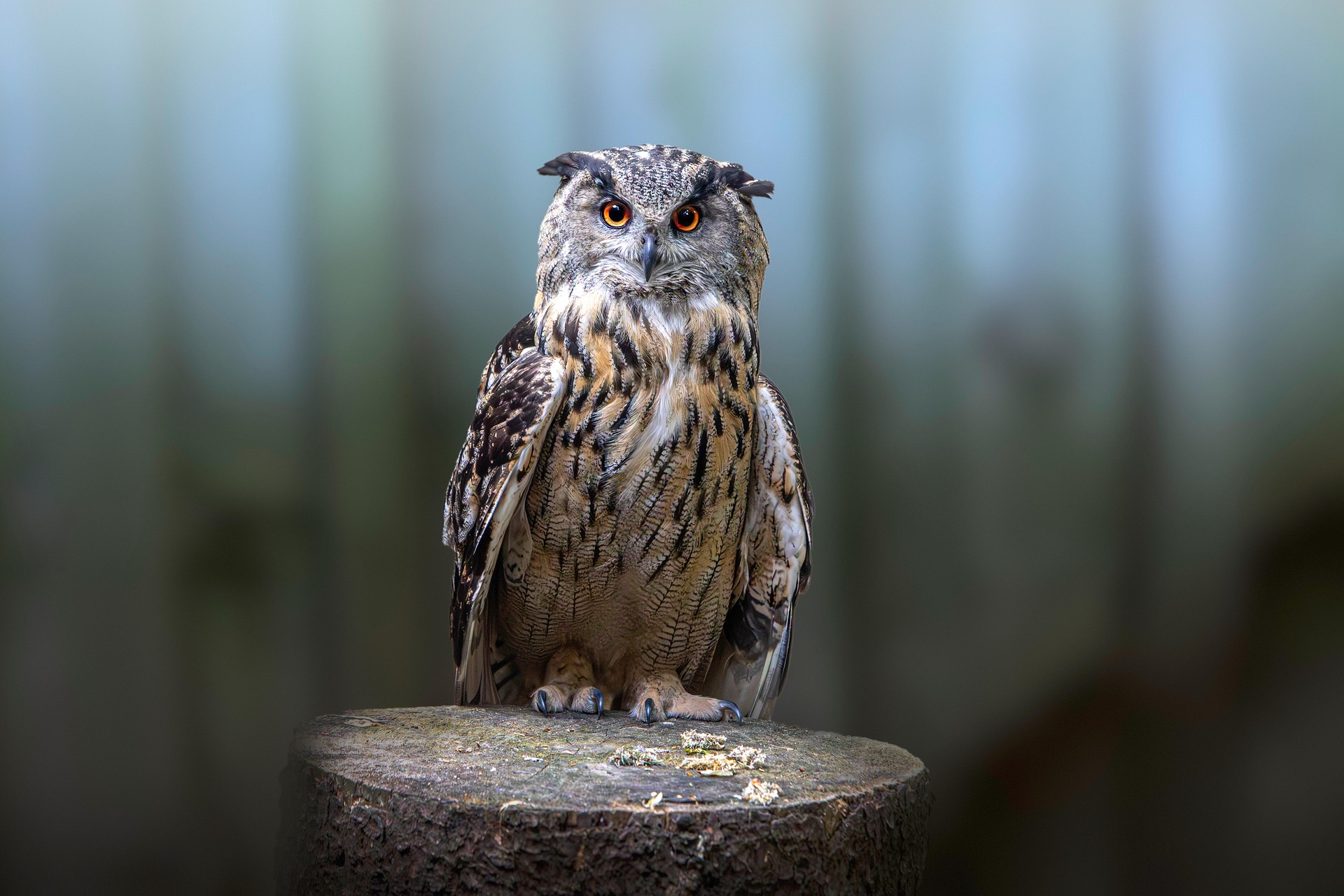
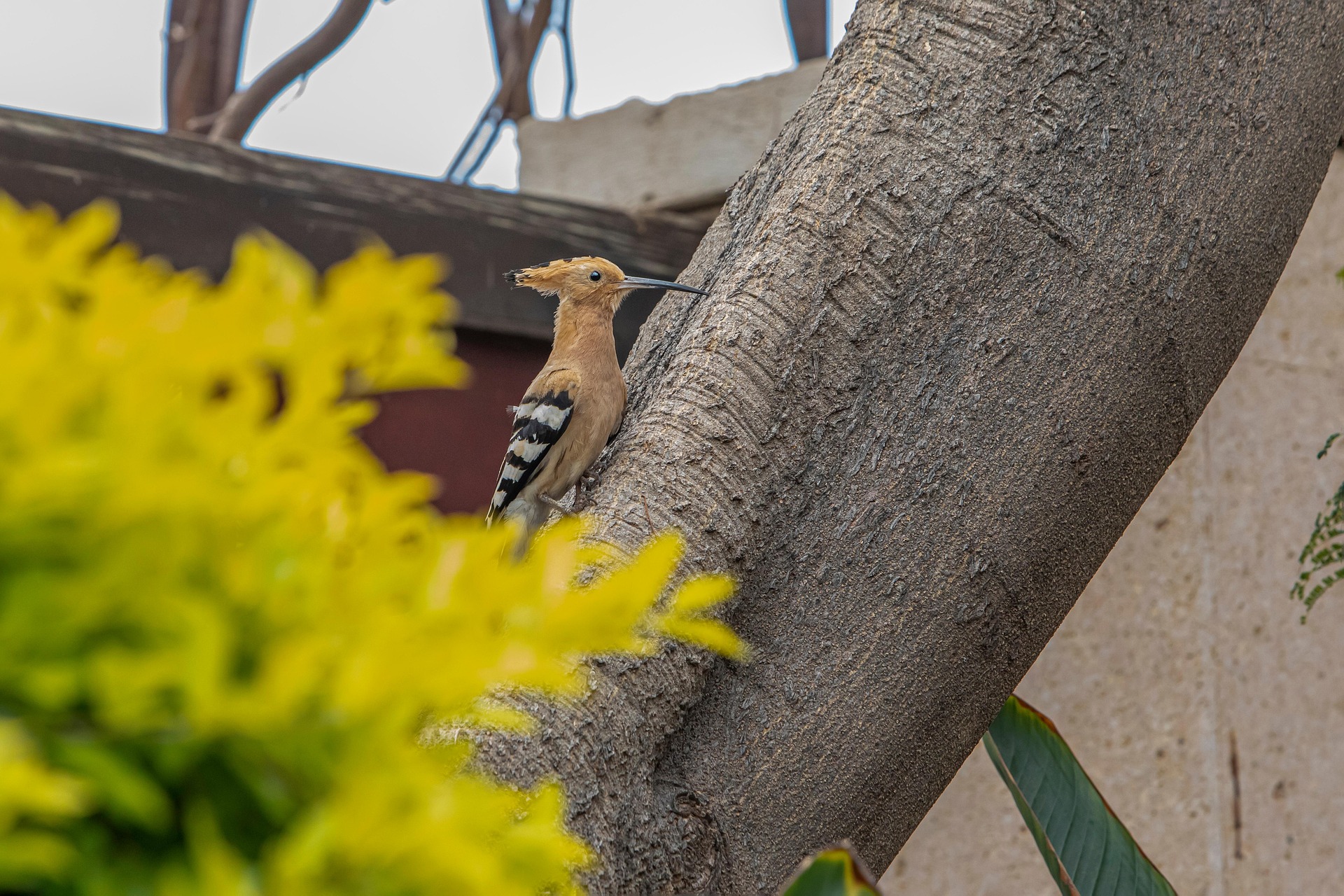
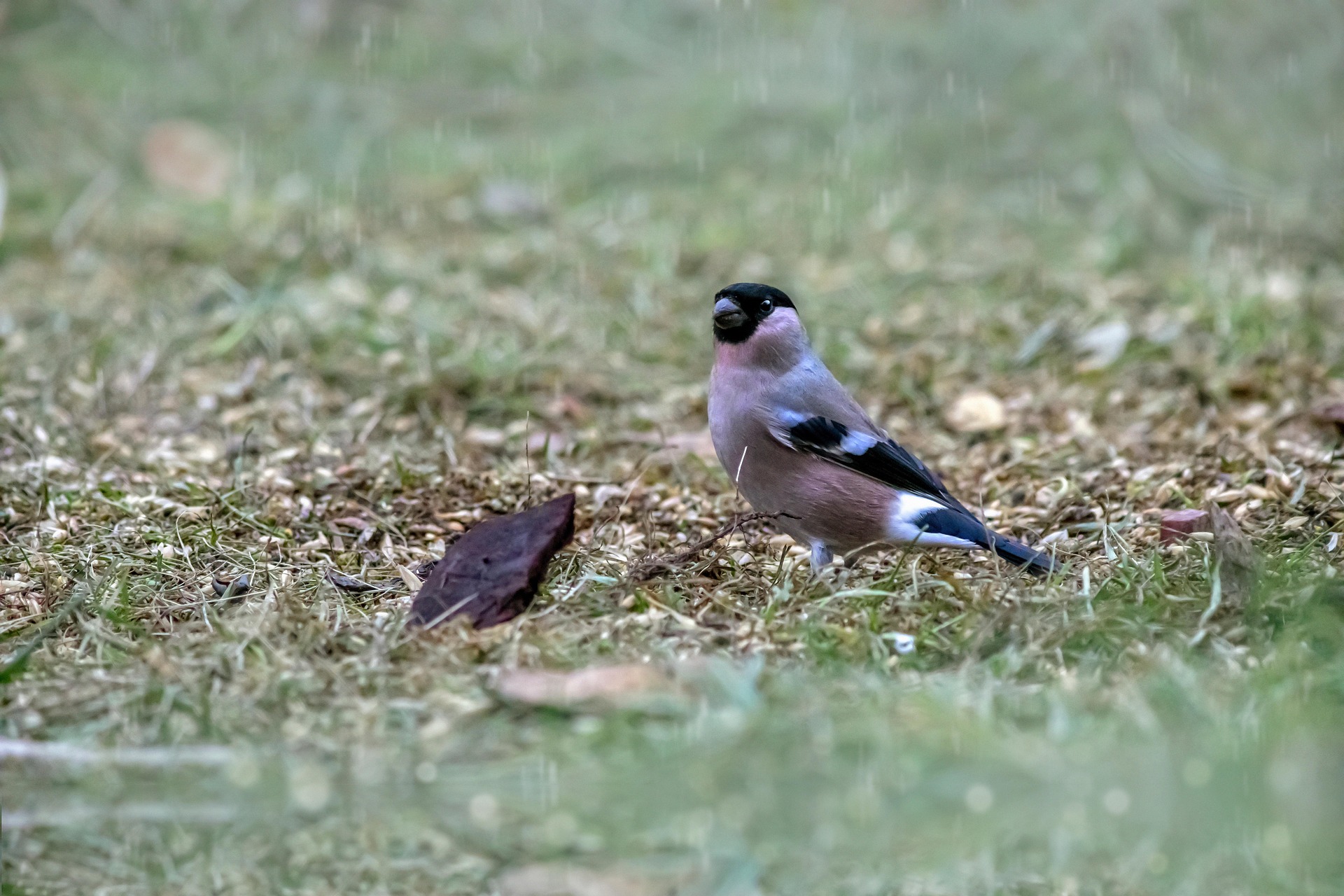

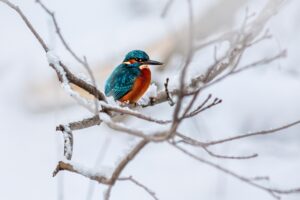
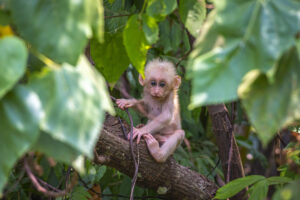
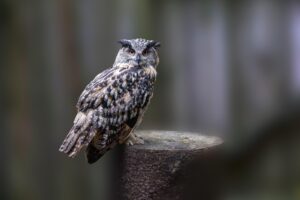

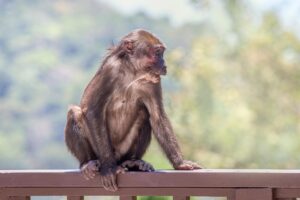
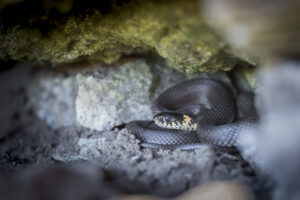
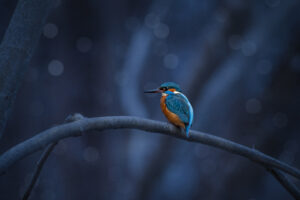
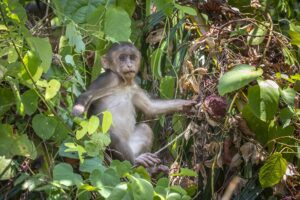
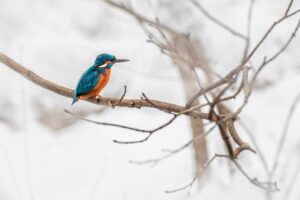
Post Comment